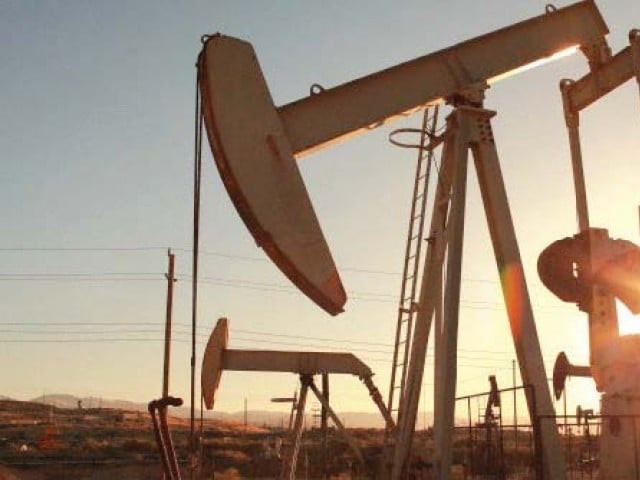PPL announces country’s biggest gas discovery in 10 years
Find occurs in Matiari, Sindh; company says 56mmcfd of gas found

Find occurs in Matiari, Sindh; company says 56mmcfd of gas found PHOTO: FILE
Pakistan Petroleum Limited (PPL) on Tuesday announced that it had struck the country’s biggest gas discovery from any well in the past 10 years, raising hopes of acceleration in drilling activity.
The state-owned company hit a find of 56 million cubic feet per day (mmcfd) of gas in Matiari, Sindh.
This volume might not appear big in the overall context of gas consumption in Pakistan - 4,000 mmcfd - but it is still significant since many petroleum exploration companies have struggled to replace depleting gas fields with new finds.
New gas field discovered in Sindh
The Hatim X-1 well was spud in the Gambat South Block in October 8 and was drilled to the depth 3,800 meters on November 26 where tests were run to determine its potential.
Company officials say further drilling is expected to increase the gas output to 80 mmcfd. “We will drill the appraisal well in the next three months. We won’t be announcing that because it won’t be a discovery. But this is major find,” said an official.
This makes the discovery large enough to meet the need of Engro’s new fertilizer plant - the largest in the country - that has continuously faced shutdowns due to gas shortages.
Investors reacted to the news straightaway as PPL’s share price jumped from Rs106.71 to Rs110.95 by end of business even though the benchmark-100 index remained visibly under pressure. A total of 3.67 million shares changed hands on Tuesday.
PPL has drilled 11 wells so far in Gambat Block, which straddles across three districts of Sindh including Sanghar and Matiari. It has found hydrocarbons reserves in nine wells so far. In August last year PPL disclosed that Sharf X-1, another well in Gambat South, will produce 42 mmcfd with a potential to go up to 60 MMCFD.
Favouring local investors: PPL likely to be sold in bits and pieces
The Gambat South Block is operated by PPL with a working interest of 65%. Joint venture partners Government Holdings Private Limited and Asia Resources Oil Limited have 25% and 10% stake, respectively. PPL ventured into Gambat with a bated breath since two other companies including Oil and Gas Development Company Limited (OGDCL) had already tried their luck and found nothing.
“We learned from their mistakes. They were just drilling in the wrong place,” said a senior PPL official.
But he also attributed the high successful ratio of advancement in seismic 3D technology, which is allowing petroleum geologists to analyse data much more efficiently.
PPL badly needs to replenish its gas reserves. The company has seen continuous decline in gas output in last four years. Gas production came down to 825.48 mmcfd in 2014-15 from 1,000 mmcfd in 2011-12.
Declining price and volumetric sales of oil has also impacted PPL’s profitability. The Karachi-based company reported a 57% decrease in profit for July-September quarter of 2015 over same period of last year.
PPL, which has a portfolio of 47 exploration blocks, has been aggressively searching for new hydrocarbon reserves for the last two years to compensate for the decrease in production from its established fields like Sui. The company has been trying to reduce the depletion rate of its fields by installing compressor plants and drilling more wells.
It has six producing fields including Sui, Kandhkot, Adhi, Mazrani, Chachar and Hala and has working interest in eight partner-operated fields.
Published in The Express Tribune, December 16th, 2015.
Like Business on Facebook, follow @TribuneBiz on Twitter to stay informed and join in the conversation.



















COMMENTS
Comments are moderated and generally will be posted if they are on-topic and not abusive.
For more information, please see our Comments FAQ